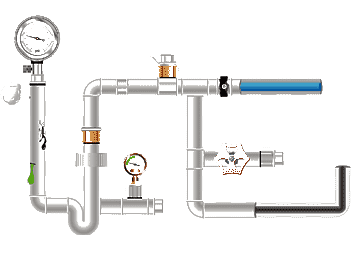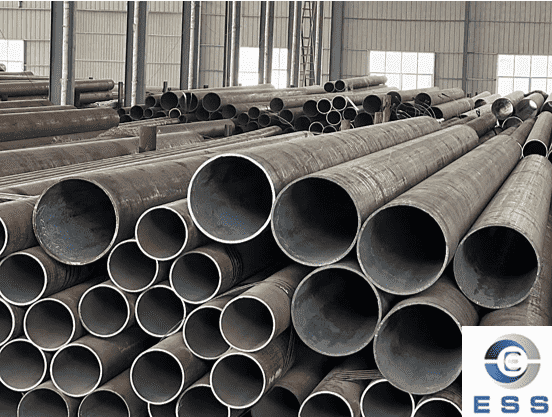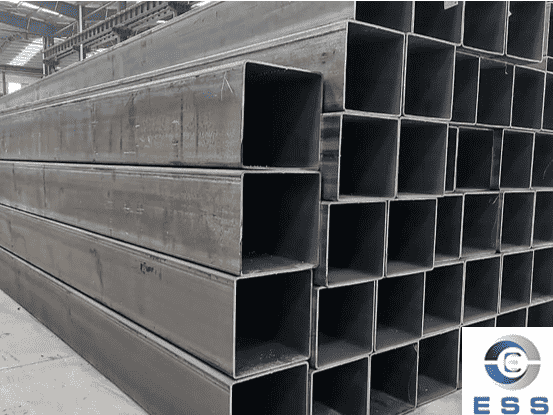Black
steel pipe is typically seamless
pipe and commonly used in a variety of industrial applications,
including pipelines, construction, and infrastructure projects.
In industry standards, black steel pipe is
often categorized as Grade A or Grade B, based on standards such as ASTM A53 or ASTM A106.
When comparing Grade A and Grade B black
steel pipe, it's important to consider the differences in chemical composition,
mechanical properties, and specific applications. Understanding the differences
between these grades helps ensure the appropriate material is selected for a
specific project, taking into account factors such as load requirements,
environmental conditions, and industry standards.
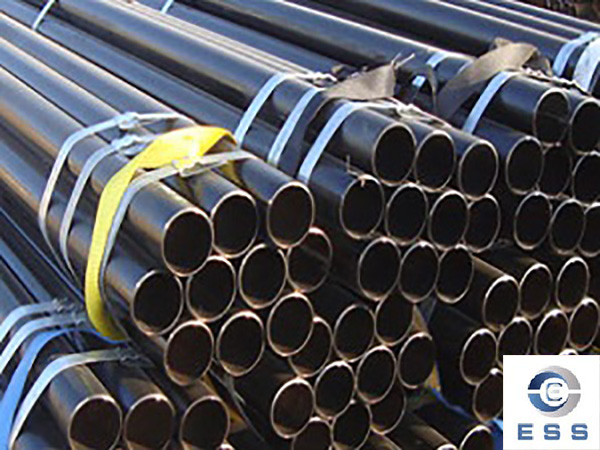
Chemical composition of black steel pipe: Grade A vs. Grade B
Grade A and Grade B black steel pipes differ due to their different chemical compositions, which affect their mechanical properties and suitability for specific applications.
|
Element
|
Grade A(ASTM
A53/A106)
|
Grade B(ASTM
A53/A106)
|
|
C
|
≤ 0.25%
|
≤ 0.30%
|
|
Mn
|
0.95%–1.35%
|
0.29%–1.06%
|
|
P
|
≤ 0.05%
|
≤ 0.05%
|
|
S
|
≤ 0.045%
|
≤ 0.045%
|
|
Si
|
≤ 0.10%
|
≤ 0.10%
|
Grade A: Grade A black steel pipe has a lower carbon content, good ductility, and excellent weldability. These pipes are designed for general structural and mechanical applications and are typically used for low-pressure fluid transfer and non-critical industrial uses.
Grade B: Grade B black steel pipe has a higher carbon content than Grade A, with slightly higher carbon content, which increases tensile strength and yield strength. These pipes are suitable for more demanding applications such as high-pressure fluid transfer, structural components, and mechanical systems that require greater strength and durability.
Mechanical properties of black steel pipe: Grade A vs. Grade B
The difference in chemical composition between Grade A and Grade B black steel pipe results in different mechanical properties, affecting its performance under different loading and operating conditions.
|
Item
|
Grade A
|
Grade B
|
|
Tensile Strength
|
≥ 330 MPa
|
≥ 415 MPa
|
|
Yield Strength
|
≥ 205 MPa
|
≥ 240 MPa
|
|
Elongation
|
≥ 25%
|
≥ 20%
|
Grade A: Compared to Grade B pipe, Grade A pipe has relatively lower tensile strength and yield strength. They are designed to withstand moderate loads and pressures, making them suitable for applications that do not require high-strength materials.
Grade B: Grade B black steel pipe has higher tensile strength and yield strength under heavy loads and elevated pressures. They are ideally suited for applications where structural integrity, reliability and robustness are critical.
Specific applications of black steel pipe: Grade A vs. Grade B
The choice of Grade A or B black steel pipe depends on the specific requirements of the intended application, taking into account factors such as operating conditions, load-bearing capacity and industry standards.
Grade A Applications: Grade A black steel pipe is typically used in low-pressure piping systems, non-critical industrial piping, and general structural applications where moderate strength and cost-effectiveness are primary considerations. Additionally, they are used in applications such as handrails, fences, and lightweight structural frames.
Grade B Applications: Grade B black steel pipe is widely used in applications requiring enhanced strength, toughness, and pressure resistance. These pipes are used in high-pressure fluid transfer systems, process piping, structural components subjected to heavy loads, and industrial machinery where reliable performance under demanding conditions is critical.
It’s important to note that both Grade A and Grade B black steel pipe comply with industry standards and specifications, including those set by organizations such as ASTM International and the American Society for Testing and Materials (ASTM). These standards ensure that black steel pipe meets established standards for chemical composition, mechanical properties and dimensional tolerances, contributing to its reliability and safety in a variety of applications.
Implementation standards and quality
control
It is important to note that both Grade A
and Grade B black steel pipe comply with industry standards and specifications,
including those developed by organizations such as the American Society for
Testing and Materials (ASTM).
For example:
ASTM A53/A106 – Standard for Seamless
and Welded Steel Pipe
API 5L – Standard for Steel Pipe for Petroleum and
Natural Gas Transmission
ASME B36.10M – Specification for Steel Pipe Dimensions and Wall Thickness
These standards cover:
Chemical composition and mechanical
property requirements;
Dimensional tolerances, roundness, and wall
thickness deviations;
Hydrostatic testing, eddy current testing,
and non-destructive testing (NDT) requirements.
Black steel pipe that meets these standards
ensures long-term, stable operation in high-temperature, high-pressure, or
corrosive environments, reducing the risk of pipeline leaks and structural
fatigue.
How to choose the right grade of black
steel pipe?
|
Comparison Dimensions
|
Grade A Black Steel Pipe
|
Grade B Black Steel Pipe
|
|
Strength Requirement
|
Medium
|
High
|
|
Cost
|
Low
|
High
|
|
Weldability
|
Excellent
|
Good
|
|
Applications
|
General Construction, Low-Pressure Fluid
Transportation
|
High-Pressure Pipelines, Heavy-Duty
Structures
|
|
Applicable Standards
|
ASTM A53 Gr.A / A106 Gr.A
|
ASTM A53 Gr.B / A106 Gr.B / API 5L Gr.B
|
If the project prioritizes economy and ease
of fabrication, Grade A black steel pipe is a more appropriate choice.
If the project has stringent requirements
for strength, safety, and pressure resistance, Grade B black steel pipe is the
preferred choice.
Summary
In summary, the difference between Grade A and Grade B black steel pipes stems from differences in chemical composition and resulting mechanical properties. Grade A pipe is suitable for general structural and low-pressure applications, while Grade B pipe offers greater strength and flexibility, making it suitable for more demanding industrial, piping and mechanical systems. Understanding the unique characteristics of these steel grades is critical to selecting the appropriate black steel pipe based on the specific performance requirements and operating conditions of a given project.
Read more: Seamless black steel pipe schedule 40 or Black steel pipe Vs Carbon steel pipe









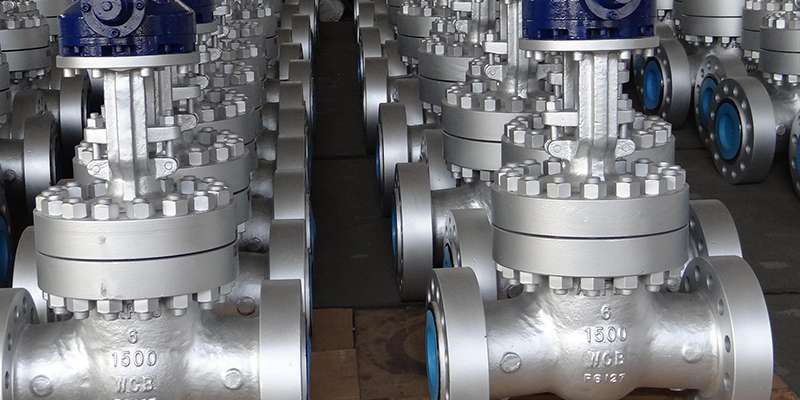



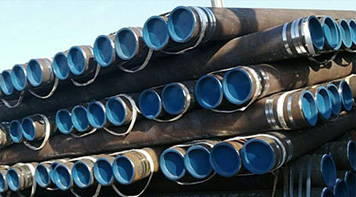 Eastern Steel Manufacturing Co.,Ltd not only improve product production and sales services, but also provide additional value-added services. As long as you need, we can complete your specific needs together.
Eastern Steel Manufacturing Co.,Ltd not only improve product production and sales services, but also provide additional value-added services. As long as you need, we can complete your specific needs together.
